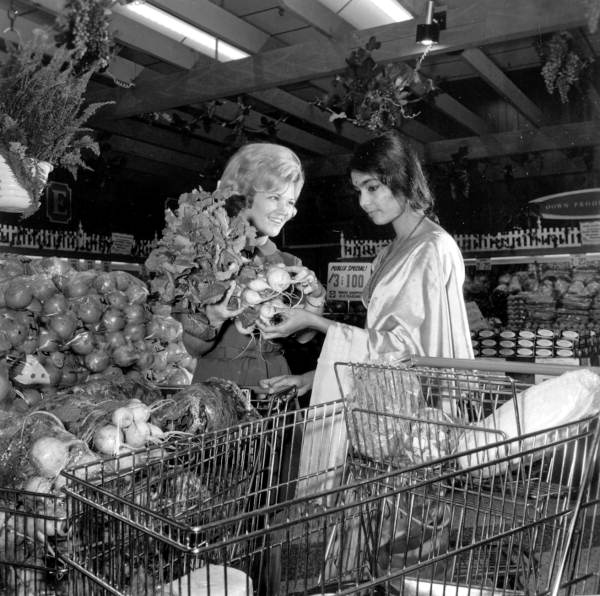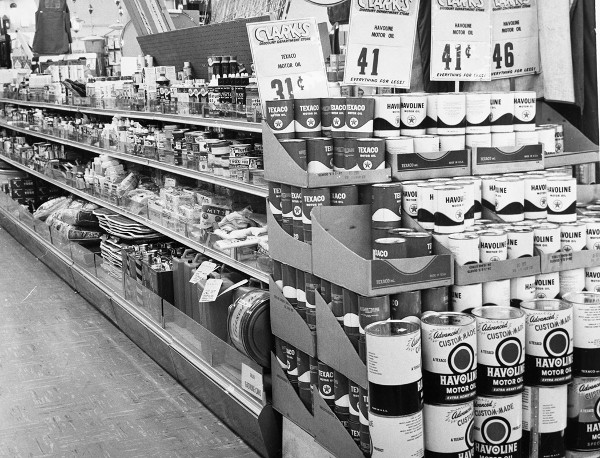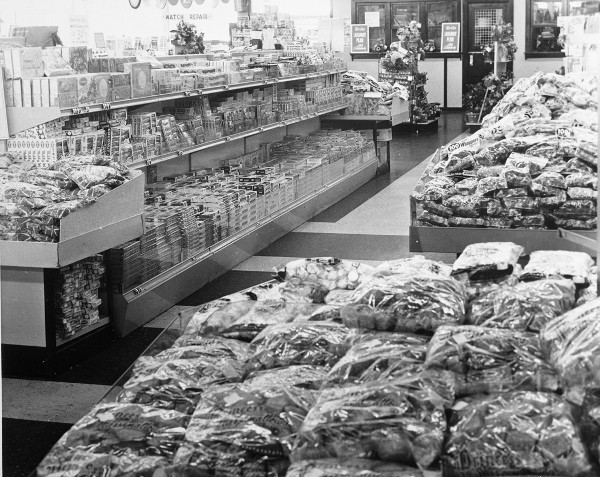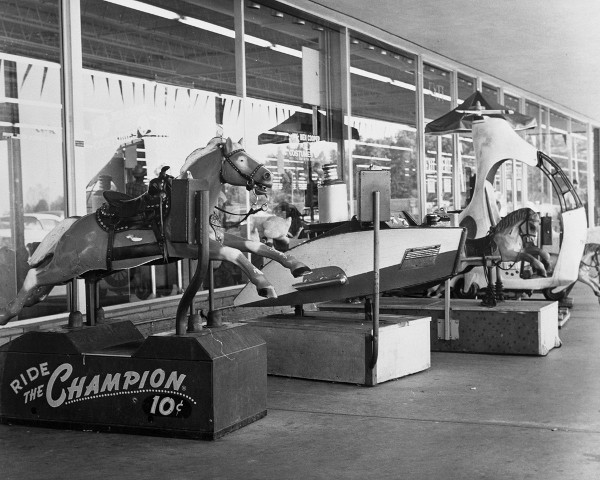This is the first time I've had a guest blogger on my site. It may sound campy but my wife Jenn wrote this article after explaining how our grocery bill decreased so drastically.
How to save hundreds of dollars on groceries without clipping coupons
I was recently re-working the cabinets of the kitchen, anticipating a new and organized year. With a growing family and limited space, I decided to do some consolidating.
I allocated a whole section of cabinet space to arts and craft supplies for the kids (play-doh, paints, etc), and another to bottles and formula. I suddenly realized that my food products remained scattered across the counter and there was only one lonely cabinet left to fill.
Among the food items on the counter, many were far expired, forgotten in the dusty back corners of the cabinets. I thought to myself “Hey! I worked hard to find coupons and sales for all these things.” and I regretfully filled a garbage bag with old food.
I had been clipping coupons and striving to match the savings of super couponers. These couponers, featured on popular reality shows, often recommend stock-piling when food items go on sale and you have coupons to purchase them.
I opened the refrigerator to find a similar and familiar situation: a head of lettuce that had seen better days, a tomato that had lost it's freshness, and other food items that were past the date of recommended consumption.
Looking into the garbage bag, I realized that... every week I was wastefully throwing food and money away. I decided to make a commitment that has cut my grocery bill in half! Do I still use coupons? YES, if they fit into my weekly plan. Do I still look at the sale flyers? ABSOLUTELY! But...
These two strategies have saved me much more money:
- First, I am easily able to assess which food items I have and when they expire. This helps prevent re-buying a product we already have at home (Remember the time you were at the grocery store buying all the ingredients for those chocolate chip cookies and couldn't remember if you had any brown sugar? Undoubtebly you re-bought, probably to discover you had a brand new, unopened package in the cabinet).
- Secondly, it prevents stock piling. I can buy only what I need for the week ahead, after all, it is all I have room for. If you generate the sense that “my kitchen is full of food”, it eliminates the need to buy for the sake of filling the cabinets.
Instead, I sit down each week with two sheets of paper. One serves as dinner menu for the week and the other as my shopping list. When building my menu, I consider the sales and coupons I have on hand. If I notice a great deal on pasta sauce, we might have spaghetti one night and meatball subs another. I immediately begin a shopping list writing ONLY items used for the companion menu. Additionally, I add two breakfast choices and two lunch choices for the week if needed (some breakfast items such as pancake batter or a family size box of cereal often last longer). I also include 2 choices of fresh fruit or vegetable. To reduce waste and cost I ONLY add the staples (eggs, milk, and bread) when it is on the menu. If none of my breakfast, lunch, or dinner choices call for bread, I skip that aisle for this trip.
It took me only a few short weeks to notice that by cutting my food storage space in half, and adopting a disciplined approach to menu and list making, I had saved hundreds of dollars. I challenge you to cut down your food storage spaces and let your menu dictate your shopping list!



